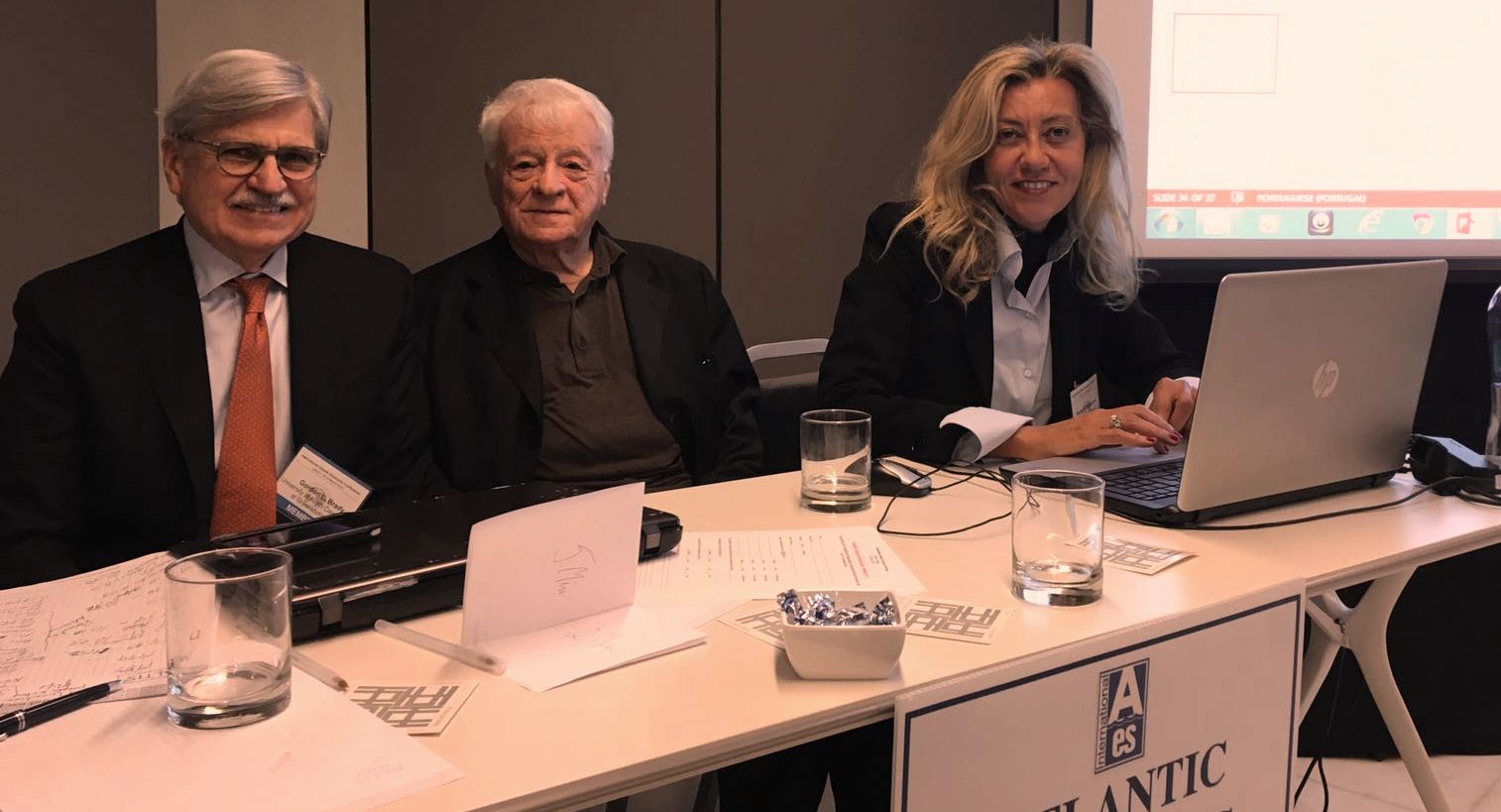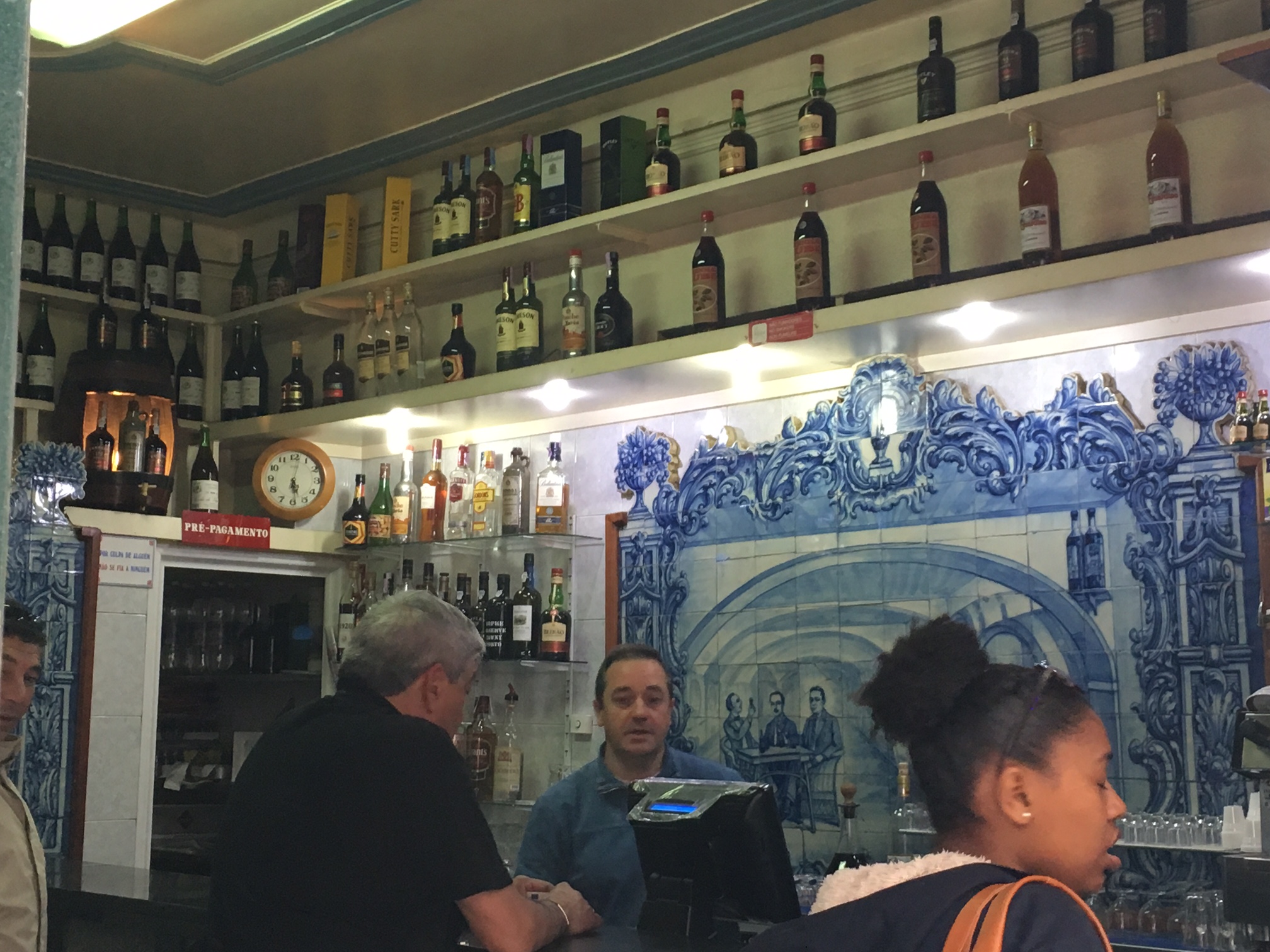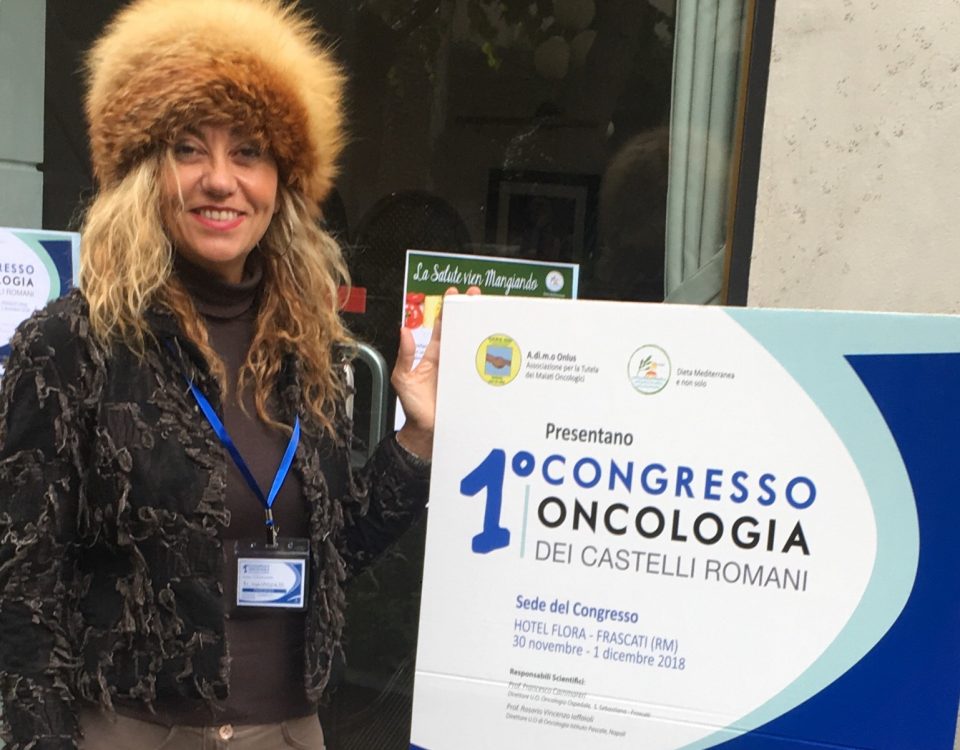
PREMIO YOUNG CALABRIA PROJECT Borse di studio per tesi sulle eccellenze della Calabria
6 Gennaio 2016
Prima edizione Premio YOUNG CALABRIA PROJECT per tesi sperimentali sulla valorizzazione delle eccellenze calabresi: il Bergamotto
4 Maggio 201681º International Atlantic Economic Conference Lisbona

nell’ occasione (Marzo 2016) la Mantovani ha presentato un saggio dal titolo: “MEASURING THE UNMEASURED: CULTURAL HERITAGE . Studies in Honor of Prof. Francesco Forte” per la sessione “The Emergence of the Forte School of Public Finance”
Lo studio presentato da Mantovani ha riguardato le tematiche economiche condivise con l’Emerito Prof. Forte pubblicate in due manuali (Manuale di economia e politica dei Beni Culturali (2004), Rubbettino; Lezioni di economia della moda (2005), Giappichelli) e in oltre a 20 pubblicazioni in libri e riviste scientifiche dal 1998. Foto 2,3
E’ da notare che alcuni studi sono stati innovativi tanto da avere il plauso anche del prof. Alan Peacock, il più importante economista europeo per il settore dei beni culturali, che così si esprime: “As Forte and Mantovani (2002 forthcoming) in a fundamental paper make clear [..] Any form of financial support to cultural activities, requires procedures which represent techniques of appraisal …..” [Peacock, A. (2003), Performance indicators and cultural policy, ECONOMIA DELLA CULTURA].
Le tematiche esposte sono state 4:
- The assessment of artistic visual arts. How to measure in economic terms the value of works of art ?
- Theory of fractional derivative applied both to Italian film industry, and counterfeiting.
- Indicators of efficiency and effectiveness applied to museums
- Differential tourist development index Forte-Mantovani.
La tematica che ha avuto maggior appeal sul pubblico è stata quella della valutazione e l’ investimento nelle opere d’arte. Sono stati presentati, con foto dei dipinti i cinque metodi che Forte e Mantovani danno ideato e sviluppato ossia : 5 theoretical tools :
1 A) Forte – Mantovani Art Matrix
1 B) Endogenous and exogenous variables,
1 C) Fuzzy Method.
1 D) Product cycle Theory
1 E ) Investment in visual arts
Il proposito della conferenza era quello di dissertare sulle ultime ricerche in campo economico e finanziario. La prestigiosa Conference si è svolta a Lisbona ed ha visto oltre 200 partecipanti da oltre 30 paesi che hanno presentato studi nei loro campi. E’ stata di particolare interesse la presentazione della prof. Zara Amirhosseinj ( nella foto sotto) dell’università di Theran che ha disquisito della nova finanza iraniano e le nuove opportunità commerciali dopo il recente accordo con gli Stati Uniti. Date queste premesse la prof. Mantovani si è accordata con la prof. Amirhosseinj per un suo seminario in Italia.
La prof. Mantovani è particolarmente interessata all’ arte e cultura iraniana tanto da aver preso accordi con il Presidente Icomos Unesco Iraniano per una summer school sui bei culturali e turismo indirizzata a studenti iraniani 
La conferenza era stata in parte sponsorizzata da Lisboa Convention Bureau che ha voluto far conoscere la città agli ospiti internazionali organizzando sia la serata di gala, sia il tour della città.
Alla cena di gala gli ospiti hanno avuto l’occasione di assaporare le specialità enogastronomiche locali come il Baccalà presentato in 20 modi diversi ed il loro particolare vino rosè, oltre che ovviamente il Porto.
I convegni sono una particolare forma di turismo molto importante per le location ospitanti in quanto si da la possibilità ai convegnisti di poter assaporare in breve una città e poi ritornarvi per un soggiorno più lungo. I benefici del turismo congressuale sono molto importanti per le economie esterne che producono in quanto i convegni solitamente avvengono in hotel con ristoranti molto prestigiosi dalle quattro stelle in su, inoltre vi sono le visite alla città ed ai musei oltre che l’acquisto di souvenir che possono essere prodotti enogastromici locali oppure oggetti di artigianato che nel caso di Lisbona sono indubbiamente le ceramiche/azulejos.
The Emergence of the Forte School of Public Finance
Thursday, 17 March 2016: 9:30 AM-11:30 AM
Chair:
Gordon L. Brady, University of North Carolina at Greensboro—USA
Organizer:
Gordon L. Brady, University of North Carolina at Greensboro—USA
Professor Francesco Forte’s contributions to Fiscal Sociology
Ursula Backhaus, Institute for Social Science and Forethought—Erfurt,Germany; Gordon L. Brady, University of North Carolina at Greensboro—Greensboro,USA
Luigi Einaudi as seen by Francesco Forte
Angelo Santagostino, Yildirim Beyazit University, Ankara—Ankara,Turkey
Sustainability of Italian budgetary policies: A time series analysis (1861-2008)
Cosimo Magazzino, Roma Tre University—Rome,Italy; Gordon L. Brady,University of North Carolina at Greensboro—Greensboro,USA
Measuring unmeasured cultural heritage: Studies in honor of Professor Francesco Forte
Michela Mantovani, University “Mediterranea” Reggio Calabria—Reggio Calabria,Italy
Taxation and laffer effects on employment and growth
Elena Costarelli Jr., Sapienza – University of Rome—Rome,Italy; Silvia Fedeli, University of Rome—Roma,Italy
Understanding the social market economy: Francesco Forte and his peculiar interpretation
Markus Krienke, Rosmini Institute—Lugano,Switzerland; Flavio Felice,Pontifical Lateran University—Vatican,Vatican City
Discussant:
Francesco Forte, Sapienza University of Rome—Italy
https://iaes.confex.com/iaes/81am/webprogram/Session5108.html
foto 1,2
From 16-19 march 2016 Prof Mantovani was at 81º International Atlantic Economic Conference
He presented a paper entitled: MEASURING THE unmeasured: CULTURAL HERITAGE. Studies in Honor of Professor Francesco Forte. The study was requested by the section devoted to “The Emergence of the Forte School of Public Finance
The Emergence of the Forte School of Public Finance
Thursday, 17 March 2016: 9:30 AM-11:30 AM
Chair:
Gordon L. Brady, University of North Carolina at Greensboro—USA
Organizer:
Gordon L. Brady, University of North Carolina at Greensboro—USA
Professor Francesco Forte’s contributions to Fiscal Sociology
Ursula Backhaus, Institute for Social Science and Forethought—Erfurt,Germany; Gordon L. Brady, University of North Carolina at Greensboro—Greensboro,USA
Luigi Einaudi as seen by Francesco Forte
Angelo Santagostino, Yildirim Beyazit University, Ankara—Ankara,Turkey
Sustainability of Italian budgetary policies: A time series analysis (1861-2008)
Cosimo Magazzino, Roma Tre University—Rome,Italy; Gordon L. Brady,University of North Carolina at Greensboro—Greensboro,USA
Measuring unmeasured cultural heritage: Studies in honor of Professor Francesco Forte
Michela Mantovani, University “Mediterranea” Reggio Calabria—Reggio Calabria,Italy
Taxation and laffer effects on employment and growth
Elena Costarelli Jr., Sapienza – University of Rome—Rome,Italy; Silvia Fedeli, University of Rome—Roma,Italy
Understanding the social market economy: Francesco Forte and his peculiar interpretation
Markus Krienke, Rosmini Institute—Lugano,Switzerland; Flavio Felice,Pontifical Lateran University—Vatican,Vatican City
Discussant:
Francesco Forte, Sapienza University of Rome—Italy
https://iaes.confex.com/iaes/81am/webprogram/Session5108.html
foto 1,2
The study by Mantovani regards economic issues shared with the Emeritus Professor Forte Forte published in two manuals (Manual economics and politics of Cultural Heritage (2004), Rubbettino; Lessons of the fashion economy (2005), Giappichelli) and more than 20 publications in books and journals since 1998.
E ‘should be noted that some studies were innovative enough to have even applauded by Alan Peacock, the most important European economist for the cultural heritage sector, which reads as follows:
“As Forte and Mantovani (2002 forthcoming) in a fundamental paper make clear [..] Any form of financial support to cultural activities, requires procedures which represent techniques of appraisal …..” [Peacock, A. (2003), Performance indicators and cultural policy, ECONOMIA DELLA CULTURA]
Four were the themes on display:
- The assessment of artistic visual arts. How to measure in economic terms the value of works of art ?
- Theory of fractional derivative applied both to Italian film industry, and counterfeiting.
- Indicators of efficiency and effectiveness applied to museums
- Differential tourist development index Forte-Mantovani.
The theme that has had greater appeal on the audience has been the evaluation and financial return to works of art. They were presented with pictures of the paintings the five theoretical tools that Forte and Mantovani have designed and developed:
1 A) Forte – Mantovani Art Matrix
1 B) Endogenous and exogenous variables,
1 C) Fuzzy Method.
1 D) Product cycle Theory
1 E ) Investment in visual arts
Foto 3,4
The purpose of the conference was to learn about the latest research in the economic and financial field. The prestigious Conference was held in Lisbon and saw more than 200 participants from over 30 countries who have submitted studies in their fields. The presentation of prof. Zara Amirhosseinj ‘University of Tehran was particularly interesting because he holds forth the new Iranian finance and new business opportunities after the recent agreement with the United States. Given the topicality of the study presented prof. Mantovani has agreed with Professor Amirhosseinj for a seminar in Italy.
Foto 5
Prof. Mantovani is particularly interested in Iranian art and culture so as to have already made arrangements in 2015 with Iranian President Unesco- ICOMOS for a summer school addressed to Iranian students related to cultural heritage as a tourist resource.
Foto 6
The conference was partly sponsored by the Lisbon Convention Bureau which wanted that international guests knew the city and local food. So the Bureau has organized a gala dinner and a city tour. (Photo 7 museum of cinema)
At the gala dinner, guests had the opportunity to taste the local gastronomic specialties such as salt cod served in 20 different ways, and their particular rose wine, and of course the Port.
photos 8,9,10,11
The meetings are a very important form of tourism for the host location as it gives the possibility to the participants to be able to enjoy in short a city and then return there for a longer stay. The congress tourism benefits are very important to the external economies that produce because the conferences usually take place in the hotel with very prestigious restaurants. participants and accompanying persons visiting the city’s museums buy souvenirs such as local wine and food products or crafts. If Lisbon is undoubtedly the ceramics / tiles.
Foto 12,13,14,15,16,17,18







